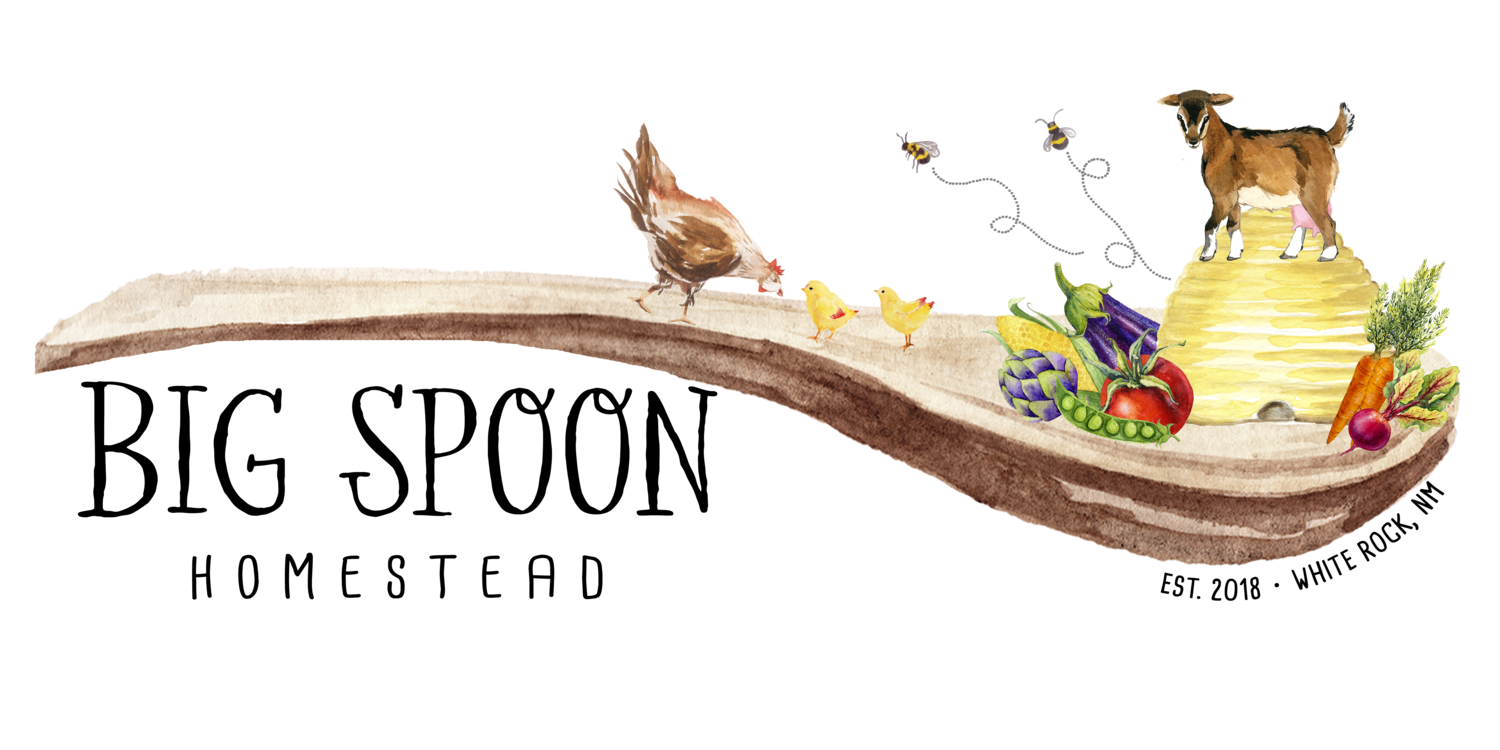All About 55 Flowery Hens
Fiftyfive Flowery Hen pullet of the gold variety
Picture Credit Logan Luffel of The Big Spoon Homestead
I am so excited to be sharing one of my favorite chicken breeds with you, the Fiftyfive Flowery Hen! Little is known about this beautiful breed in the United States, but the 55 still remains popular in its home country of Sweden. The 55 Flowery hen was created by a random crossing of White and Brown Leghorn’s by Pastor Martin Silverrud. He is thought to be a sort of savant of chicken genetics. His obsession with creating productive chickens that can compete with the hybrid layers of America has led to my own obsession of owning every breed he has created. There are four breeds (Fiftyfive Flowery Hen, Queen Silvia, Silverhamps, and Smalanad) that were finished before he died and one left unfinished (Silverudd Blue). So far I have the 55 Flowery Hen and Silverudd Blue at my farmstead with a close eye on adding the Queen Silvia breed (don’t tell my husband.)
Martin Silverudd’s goals were to create an auto-sexing breed that were prolific layers and could compete with commercial hybrid layers. He achieved his goals in spades! The Fiftyfive Flowery hen was first created in 1955, thus the first part of the name. After careful breeding they were ready for the public in 1958. The second part of the name - Flowery - comes from the small white tips on the hen’s feathers. The white spots give them the appearance of being covered in small white flowers that grow with every molt. The roosters are nearly completely white and their plumage can be thought to be in full bloom.
No other breed of chicken has such a vast color difference between sexes. Fiftyfive Flowery hens are able to be sexed from the moment they hatch based on the chick’s down color. Male chicks are a lighter grey-white-yellow color whereas the females are more brown with stripes down their backs like chipmunks. This breed is by far the easiest to auto-sex (a breed that is gendered by color alone at hatching) and does not require the breeder to maintain two flocks of breeds for hybrid sex-links (a hybrid cross that can be gendered by color). Sixty-five years after its creation the Fiftyfive Flowery is still one of the best laying hens able to compete with today’s modern hybrids.
Fiftyfive Flowery Hen Roosters (white) with hens.
Picture Credit: Paradise Poultry
The clear auto-sexing character of the breed is due to three genes: B (striped/barred), e+ (striped down) and mo (white spot/mottling). These three genes work together to make the Fiftyfive Flowery’s unique color and auto-sexing traits. The barred (B) gene combined with the wildtype (e+) gives the hen chicks striped down at hatching and the male chicks no stripes. The B and mo color genes are what gives the hens their beautiful flowery patterns. The B genes are co-located on the chromosomes that determine sex, therefore the males have an extra copy (BB-momo) giving them four factors of white creating their predominately white plumage. Hens, because of their gender, can only carry one copy of the Barred gene (B-momo) and are therefore tricolored with mottled white and brown barring.
Left: Female chick, Right: Male chick clearly displaying the auto-sexing traits as day-old chicks.
Picture Credit: The Swedish Poultry Cultural Association
Because Fiftyfive Flowery hens are essentially a leghorn breed they should be bred to the leghorn standard of perfection. The biggest difference is feather color and roosters have a flatter more squirrel-like tail compared to other leghorn breeds. All of Silverudd’s breeds have large single combs and no feathered legs. Any birds displaying a deviation from these two traits should be removed from the breeding program. Roosters weigh roughly 4.4 lbs and hens weigh 2.6 lbs. Their eggs weigh 60-70 grams (63.4 grams being considered XL eggs in the US). Fiftyfive Flowery Hens come in a silver and gold variation. I have focused on the gold variation in this post mainly because that is what we have on our farmstead and I have yet to be able to find any silvers in the United States. (If you know of anyone who maintains the silver variety please let me know! I’d love, love, love to get some stock from them.)
Besides being able to easily sex the chicks why does every backyard flock and homestead need these chickens? Because they are one of the most productive laying hens you will ever come across. Fiftyfive Flowery hens are a medium sized breed that lay XL eggs 250 days a year. Their feed to egg production ratio is far superior to any other breed we maintain here on the farmstead. The eggs are not only large, but they consistently have some of the thickest and highest quality shells in our flock. So far they have been one of our better winter layers and despite having large single combs they have not gotten frostbite in the harsh Northern New Mexico winters. Fiftyfive Flowery Hens are also extremely hardy and even have natural resistance to Marek’s disease. One drawback is they will most likely not be your super friendly laying hens like Brahmas or Hollands (we maintain both on the farm), but they are not aggressive either. They are beautiful birds that deserve a spot in anyone’s flocks.
XL 55 egg compared to large Easter Egger eggs
Picture Credit: Logan Luffel
Fiftyfive Flowery pullet enjoying scratching through some freshly laid spent hay from our goats.
Picture Credit: Logan Luffel
One of our hens in our favorite place to find them, the nesting box!
Picture Credit: Logan Luffel
Sources
https://translate.googleusercontent.com/translate_c?depth=1&pto=aue&rurl=translate.google.com&sl=auto&sp=nmt4&tl=en&u=http://kulturhons.se/raser/ffg/&usg=ALkJrhh6EuSGKuAAFFOhsZ6B_tLauft4Iw
http://lovaasgjerstad.no/jaerhons/wp-content/uploads/2019/03/Fiftyfive-Flowery.pdf
https://bokeslundsgarden.wordpress.com/djur/hons/fff/






